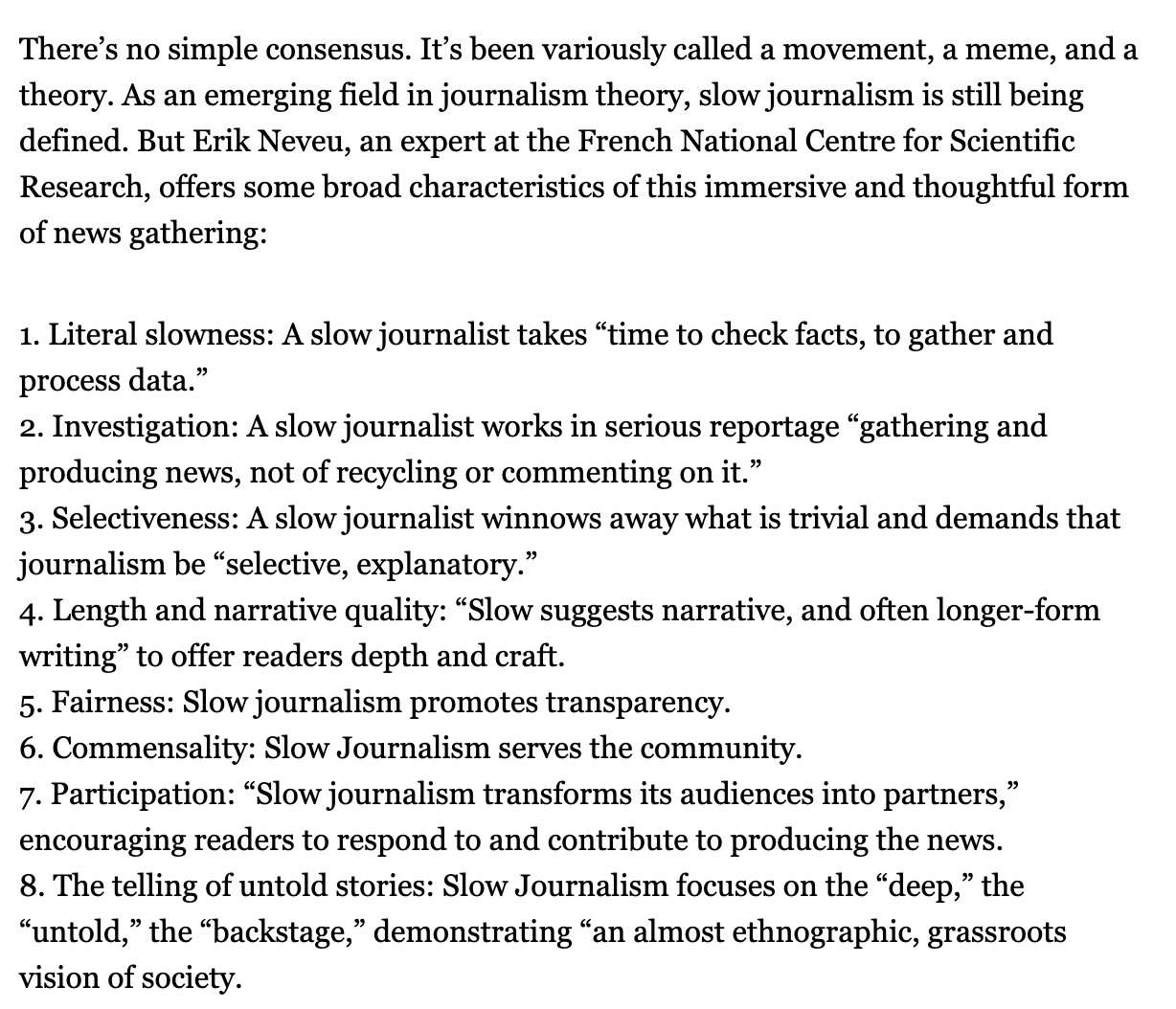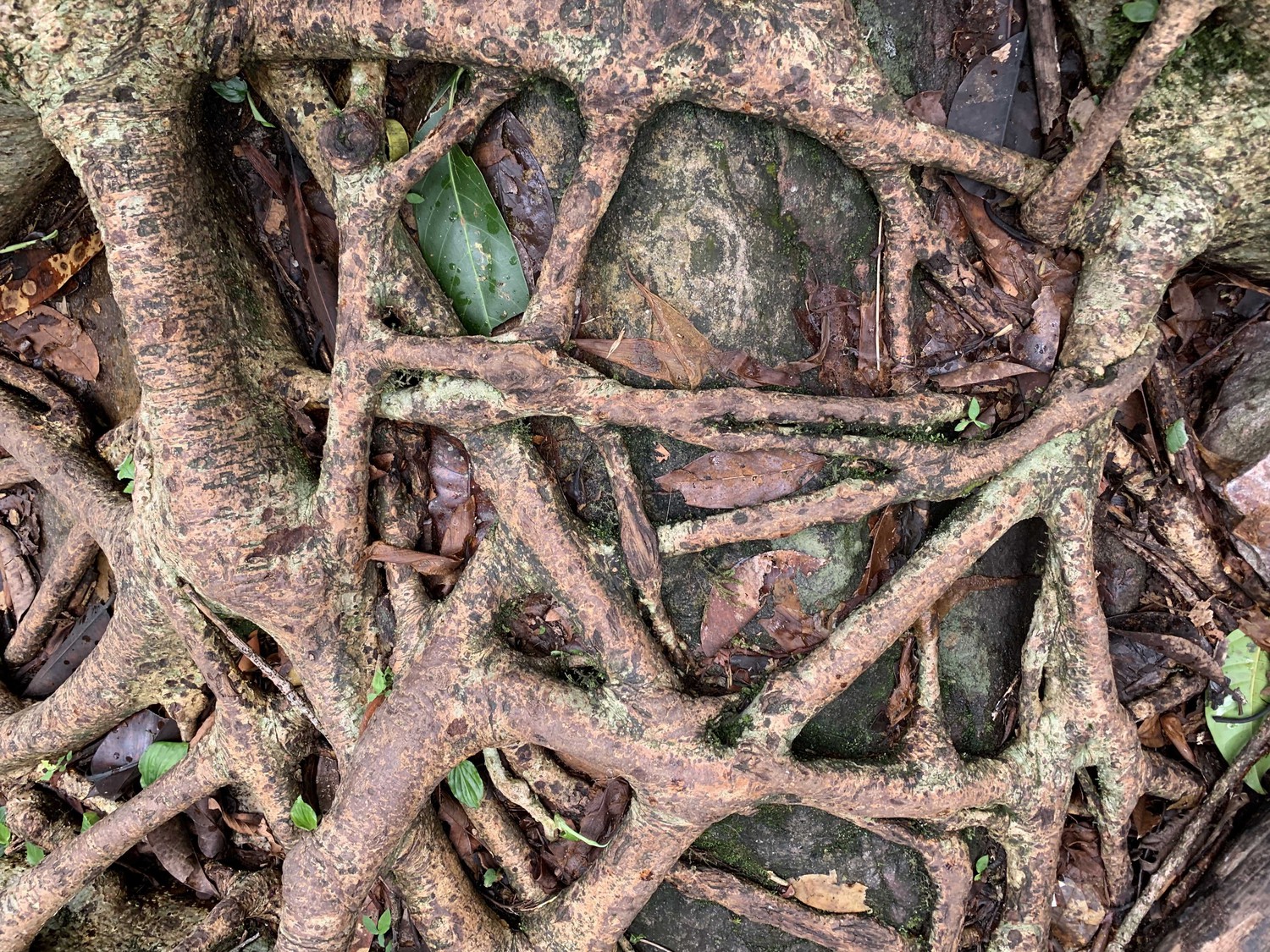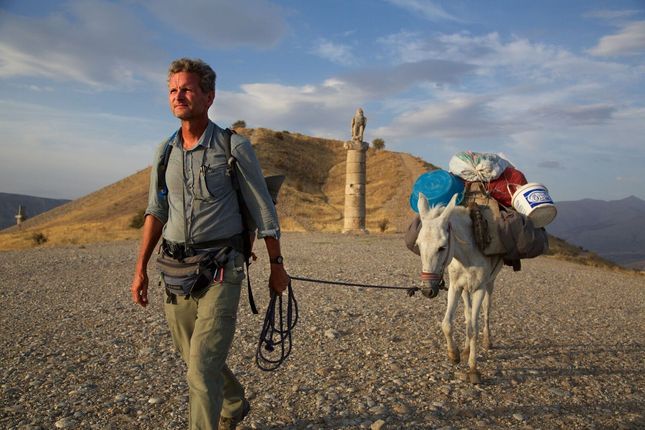As we have learned throughout the semester, there are many different tools which, when used effectively, can enhance global learning. This week, our class was tasked with exploring National Geographic’s project: the Out of Eden Walk.
The Out of Eden Walk is a project, run through National Geographic, where a reporter traced the global migration of our ancestors on foot. The project took began in 2013, and is a 21,000 mile journey. The journalist who is conducting this, 10-year, experiment is Paul Salopek. Below, Salopek is pictured on his journey.
As Salopek is walking the migration paths of our ancestors, he is covering the major stories of our time. These stories have included topics like climate change, technological innovation, mass migration, and cultural survival. Salopek’s 10-year experiment is considered to be slow journalism. In an article, written by Matt Norman, slow journalism is explained as “taking the time to report the news with close attention and more depth.”

Photo credit: https://www.nationalgeographic.org/projects/out-of-eden-walk/blogs/lab-talk/2017-02-what-slow-journalism/
For Salopek, his experience with slow journalism has allowed him to rediscover the world as he reports the major stories of our time through the experiences of the villagers, traders, farmers, and more, that he encounters. The migration route begins in Africa, travels through Asia, North America, and finishes in South America.
As Salopek is traveling, those who view the project on National Geographic’s site, are able to explore with him. For example, the first Chapter of Salopek’s journey was Africa, and this chapter lasted from January of 2013 to May of 2013. Within chapter one, there are multiple stories to explore. The first story, titled “Setting Out“, details the start of Salopek’s journey, and him setting out on foot in Africa. There is another story, titled “Bones atop Bones: Walking through a Colossal Graveyard“, which details how Ethiopians live comfortably among their dead by waking to their markers, walking past them, camping next to them, and using them to navigate. Below, you can listen to Salopek detailing this part of his journey.
As one continues to explore the project, you have the option of learning, and exploring everywhere that Salopek has learned and explored. A second point I explored on Salopek’s journey was Chapter 3: Autumn Wars. This chapter details Salopek’s experiences in Cyprus, Turkey, Georgia, and Azerbaijan. One element of this chapter which I found particularly interesting was the unknown aspect. For me, I do not know much about many of the places he visited in this chapter, and it made for a more enriched experience. As Salopek was exploring and learning, I too, was exploring and learning for the first time.
One point in this chapter, which I found particularly chilling, was Salopek’s detailing of the war and Syrian refugee crisis. He recounts how he has encountered many homeless Syrians along the way, and that the are everywhere. He talks about how they live, and how they attempted to make a stand, and how it failed. He talks about how this crisis affects everyone, and he is right. The wars of other countries often feel distant from us, in America, and as a result we often cannot understand what they are experiencing. However, being able to follow Salopek as he encounters these people, and situations, puts these moments into perspective.

Photo credit: https://www.nationalgeographic.org/projects/out-of-eden-walk/articles/2014-09-no-reply
One final point, on Salopek’s journey, that I explored was the point that is currently in progress: Chapter 5. Chapter 5 is Salopek’s journey through the Riverlands, Pakistan and India, and he began this leg of the journey in February 2018. I chose to look at this point in Salopek’s journey to gain an understanding of where he is at currently, and how he currently feels in his journey. The most recent story post was on November 11, 2019, and is titled “Bridges of Memory.” Salopek details the gruesome experience that walking the hills of Meghalaya state can be due to jungle undergrowth, mud, and a climate that provides for 40 feet of rainwater every year. He continues by explaining how the natives to the area: the Khasi, and Jaintia people, solved the problem and made these hills walkable. The natives to the area use living tree-root bridges, of the Cherrapunji region, to walk the hills safely.

Photo credit: https://www.nationalgeographic.org/projects/out-of-eden-walk/articles/2019-11-bridges-memory
One of the many perks of being able to follow along on Salopek’s journey is that readers are able to experience, and encounter, situations and people that they otherwise would not. Salopek’s goal was to tell the story of migration through the experiences of the natives and people who are regularly acknowledged in the news. Through Salopek’s efforts, readers of the project are able to learn about situations differently, due to exposure that they may not have previously had access to.
I personally believe that a project, like Paul Salopek’s Out of Eden Walk, is an incredible tool for global learning in the classroom.
As we have discussed, students retain information better when the learning they do is authentic. By offering students the opportunity to explore the migration paths that they learn about in school, alongside Salopek, they are able to make connections to the material that they cannot make purely from a textbook.
Additionally, students are exposed to areas, and peoples, through Salopek’s journey, that aren’t always able to be covered in depth in the main coverage done in class. With a tool like Salopek’s project, students can learn as much or as little as they choose. Students particularly interested in the journey could easily access it outside of the class as well.
Finally, the project is not just purely text which is beneficial for learners who prefer mediums other than text. Salopek offers an additional Soundcloud option where he sometimes recounts his experiences, provides pictures that provide visuals for his experiences, and also provides virtual tours.
Salopek’s journey is also very versatile, and accessible, for the classroom as there are translators available to translate the project into various languages. There are also available materials on the site so that teachers can effectively integrate the project into their classrooms.
